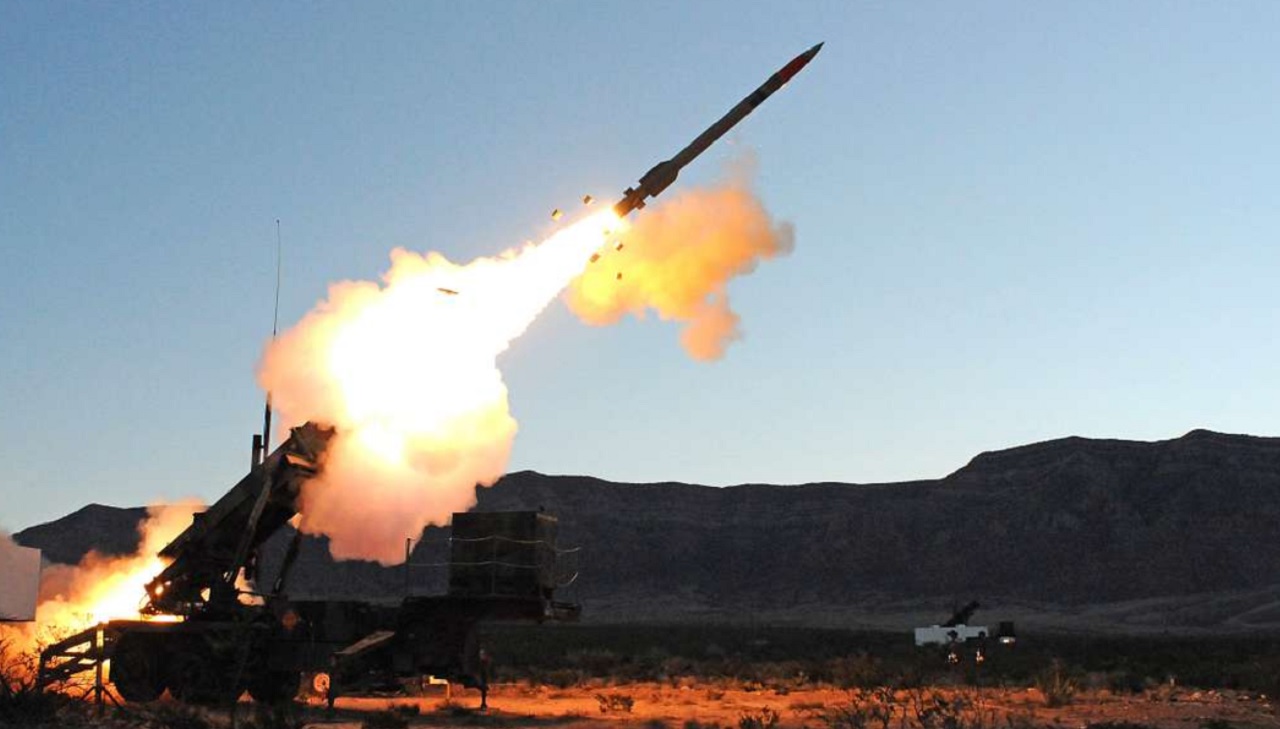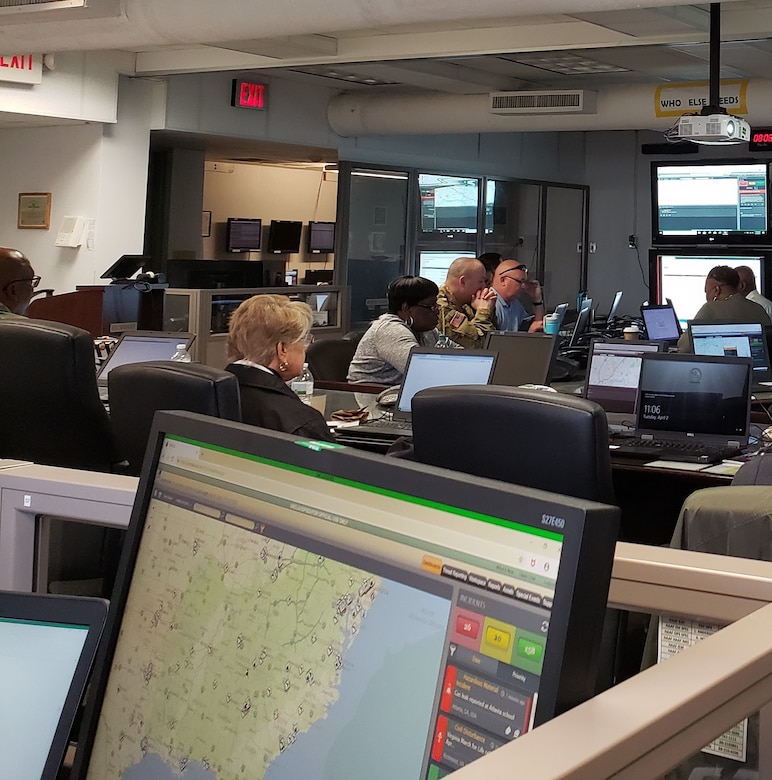
This article provides an analysis of ballistic missile defense, focusing on the role of various components in safeguarding the skies.
The discussed components include missile interceptors, anti-ballistic missile systems, terminal phase interception, Aegis Ballistic Missile Defense, and directed energy missile defense.
By examining these elements, this article aims to highlight their significance in establishing a robust ballistic missile defense system.
The objective and analytical approach taken in this discussion ensures an informative exploration for readers seeking comprehensive insights into this critical field of defense.
Key Takeaways
- Missile interceptors are a key component of a ballistic missile defense system and are designed to intercept and destroy incoming missiles.
- Anti-ballistic missile systems are an integral part of missile defense strategy and utilize multiple layers of defense, including various types of interceptors.
- Terminal phase interception, which occurs during the descent phase of a missile, requires precise timing and accuracy and utilizes advanced tracking and guidance systems to prevent missile impact on the target.
- The Aegis Ballistic Missile Defense system, integrated with naval platforms, is an advanced missile defense system that has a proven track record in successful intercepts of ballistic missiles.
Missile Interceptors: An Essential Component of Ballistic Missile Defense
Missile interceptors play a crucial role in providing an effective ballistic missile defense system. As advancements in missile defense technology have occurred, interceptor effectiveness has significantly improved.
These systems are designed to intercept and destroy incoming ballistic missiles during their midcourse or terminal phase, thereby safeguarding the intended targets. Interceptors are equipped with advanced sensors and guidance systems that enable them to accurately detect, track, and engage enemy missiles. Moreover, they utilize various interception methods such as hit-to-kill mechanisms or explosive warheads to neutralize the threat.
To enhance their effectiveness, interceptor technologies continue to evolve with improvements in speed, range, agility, and discrimination capabilities. Furthermore, integrating multiple layers of defense using different types of interceptors can provide a layered approach that maximizes the chances of successful interceptions.

Overall, by leveraging technological advancements and employing a diverse array of interceptor systems, nations can establish robust defenses against ballistic missile threats.
The Role of Anti-Ballistic Missile Systems in Protecting Against Threats
Anti-Ballistic Missile Systems play a crucial role in countering potential threats. They provide an essential layer of defense against ballistic missile attacks by intercepting and destroying incoming missiles. These systems utilize advanced radar systems to track and detect hostile missiles, allowing for early warning and response. By employing high-speed interceptor missiles, they are capable of neutralizing threats in the boost, mid-course, or terminal phase of flight.
To enhance their capabilities, strategic partnerships with allied nations are formed to share intelligence and resources. Collaborative efforts enable the development of more comprehensive missile defense architectures that can address a wider range of threats. These partnerships also foster interoperability between different anti-ballistic missile systems, promoting a unified approach to defending against ballistic missile attacks.
In conclusion, Anti-Ballistic Missile Systems equipped with advanced radar systems and supported by strategic partnerships form an integral part of a robust ballistic missile defense system. By combining technology and cooperation between nations, these systems contribute significantly to safeguarding freedom by ensuring the protection of territories from potential missile threats.
Terminal Phase Interception: Intercepting Ballistic Missiles at the Final Stage
At the final stage of flight, intercepting incoming ballistic missiles becomes critical for neutralizing potential threats. Terminal phase interception refers to the process of intercepting ballistic missiles during their descent towards their target. This technique is crucial as it allows for the interception of missiles when they are at their most vulnerable state, minimizing the damage they can cause.
To provide a robust ballistic missile defense system, various missile interception techniques have been developed. One such technique is the use of anti-ballistic missile systems, which employ interceptors to destroy incoming missiles mid-flight. These systems utilize sophisticated radar and tracking technology to detect and engage targets.
Another important component of missile defense is the Aegis Ballistic Missile Defense (BMD) system. It combines naval-based sensors and interceptor missiles with command and control capabilities to defend against short-to-intermediate range ballistic missile threats.
Additionally, directed energy missile defense has emerged as a promising technology in recent years. This approach involves using high-energy lasers or particle beams to disable or destroy enemy missiles in flight.
Overall, terminal phase interception, along with other missile interception techniques such as anti-ballistic missile systems, Aegis BMD, and directed energy defense systems play a vital role in providing an effective strategic missile defense system that safeguards against potential threats.
Aegis Ballistic Missile Defense: Enhancing Defense Capabilities at Sea
The Aegis Ballistic Missile Defense (BMD) system enhances defense capabilities at sea by combining naval-based sensors and interceptor missiles with command and control capabilities. This system plays a critical role in protecting maritime assets and enhancing naval defense.
The Aegis BMD system utilizes advanced radar systems, such as the SPY-1 radar, to detect and track incoming ballistic missiles. These radars provide early warning of potential threats, allowing for timely response.
Once a threat is detected, the Aegis BMD system can launch interceptor missiles, such as the Standard Missile-3 (SM-3), to intercept and destroy the incoming missile during its midcourse phase. The ability to conduct missile defense operations from sea platforms significantly expands the defended area and provides flexibility in responding to evolving threats.
By incorporating robust sensor networks, versatile interceptors, and effective command and control capabilities, the Aegis BMD system strengthens maritime security by ensuring a layered defense against ballistic missile attacks.
Directed Energy Missile Defense: Harnessing Cutting-edge Technology for Missile Defense
Harnessing cutting-edge technology, directed energy missile defense utilizes advanced techniques to intercept and neutralize incoming missiles. This innovative approach to missile defense involves the use of laser-based defense systems that can rapidly track and engage multiple targets simultaneously.
Advantages of Directed Energy Missile Defense:
- Speed: Directed energy weapons offer near-instantaneous response times, enabling quick interception of ballistic missiles.
- Cost-effectiveness: Compared to traditional interceptors, directed energy systems have lower operational costs due to their ability to fire multiple shots without requiring expensive reloads.
Future Advancements in Directed Energy Missile Defense:
- Increased Power Output: Ongoing research aims to develop more powerful lasers capable of destroying a wider range of threats at longer distances.
- Scalability: Scientists are exploring ways to miniaturize directed energy systems for integration into various platforms such as aircraft and ground-based vehicles.
As advancements continue, directed energy missile defense holds great promise in providing a robust and efficient ballistic missile defense system.
Frequently Asked Questions
How do missile interceptors work to intercept ballistic missiles?
Missile interceptor technology plays a crucial role in ballistic missile defense strategies. These interceptors are designed to track and destroy incoming ballistic missiles before they reach their intended targets, providing a critical layer of protection.
What are the different types of anti-ballistic missile systems used in missile defense?
Different types of anti-ballistic missile systems used in missile defense include ground-based interceptors, sea-based interceptors (such as Aegis Ballistic Missile Defense), and directed energy missile defense. The advantages of Aegis Ballistic Missile Defense at sea include its flexibility, mobility, and ability to operate in international waters.
How effective are terminal phase interceptions in intercepting ballistic missiles?
Terminal phase interceptions play a crucial role in intercepting ballistic missiles. While they are effective in countering threats during the final stage of flight, challenges such as maneuverability and countermeasures pose obstacles to successful interception.
What are the advantages of using Aegis Ballistic Missile Defense systems at sea?
The advantages of Aegis Ballistic Missile Defense at sea include its flexibility, mobility, and ability to provide protection for a wider area. Challenges in implementing it on land include cost, infrastructure requirements, and potential political sensitivities.
How does directed energy missile defense differ from traditional missile defense systems?
Directed energy missile defense differs from traditional systems by utilizing directed energy weapons and technology. This approach involves using lasers or high-powered microwaves to disable or destroy enemy missiles, offering a potentially more efficient and cost-effective means of defense.
 GadgetsProduct ReviewsSmart DevicesDronesVirtual DevicesPrivacy PolicyTerms And Conditions
GadgetsProduct ReviewsSmart DevicesDronesVirtual DevicesPrivacy PolicyTerms And Conditions
